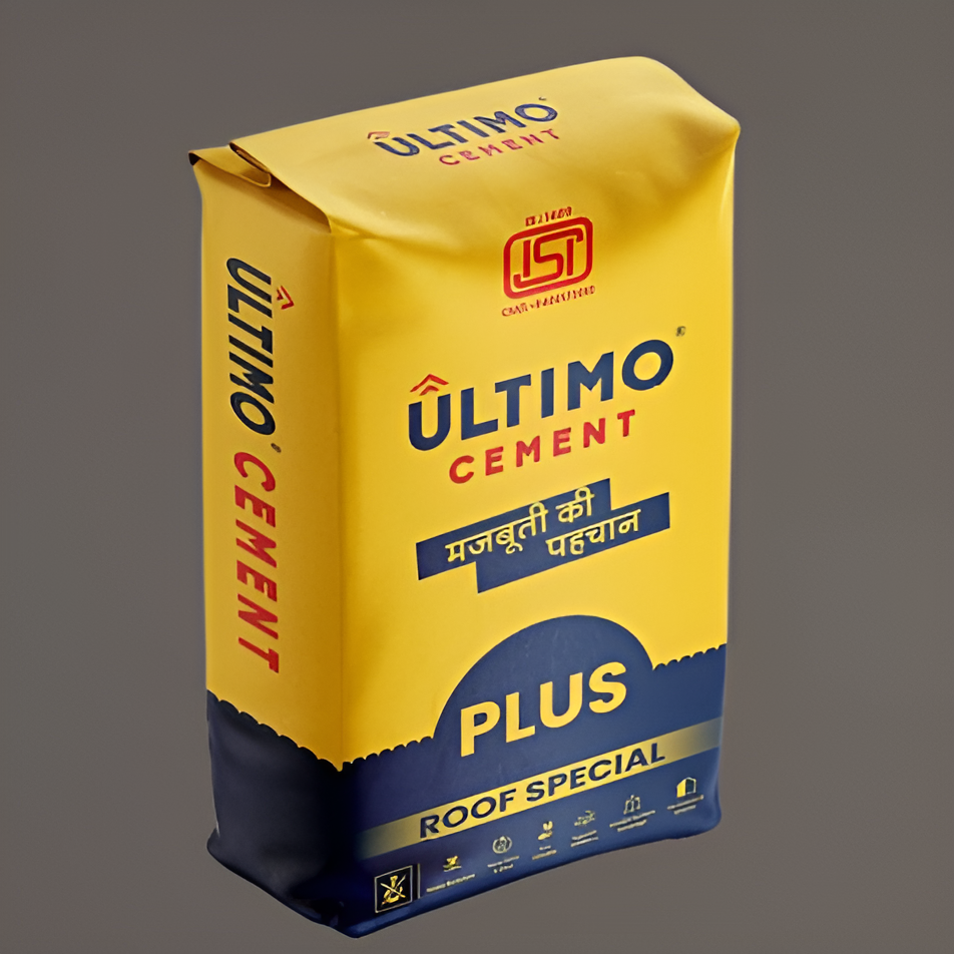Chemical Composition: Ensuring Quality and Consistency
The chemical composition of cement refers to the precise makeup of its components, which greatly influences its properties and performance in construction applications.
- Pozzolanic Materials (15-35%):
Pozzolanic materials, comprising a significant portion of PPC, are finely divided and reactive substances. They often constitute around 15-35% of the cement composition. These materials, such as fly ash or silica fume, contribute to the cement's properties by enhancing its strength and durability.
- Specific Chemical Components:
PPC adheres to specific limits on major chemical components. These components include calcium oxide (CaO), silicon dioxide (SiO2), aluminum oxide (Al2O3), iron oxide (Fe2O3), and other trace elements. These limits are essential to maintaining consistent quality and performance in PPC production.
- Quality Assurance:
Manufacturers employ rigorous quality assurance processes to monitor and verify the chemical composition of PPC. These processes involve precise measurements and quality control measures to uphold product consistency.
PHYSICAL PROPERTIES
The physical properties of cement are fundamental characteristics that define its behavior and suitability for various construction applications. Understanding these properties is essential for engineers, architects, and builders to ensure that the cement selected meets the specific requirements of a project
- Fineness (Specific Surface Area):
Fineness refers to the extent to which cement particles are finely ground during the manufacturing process.
Finer particles increase the surface area available for chemical reactions during hydration. For example, a specific surface area of 300 m²/kg indicates a finely ground cement suitable for high-performance concrete.
- Setting Time:
Setting time is the period it takes for cement paste to transition from a fluid state to a solid
state, progressing through initial and final stages.
- Supporting Content: Monitoring setting times
ensures that construction workers have sufficient time to handle and place concrete before it starts
to harden. This control over the setting process is crucial for achieving the desired construction
outcomes.
- Soundness (Measured by Le-Chatelier Method):
Soundness measures the ability of cement to retain its volume and not expand excessively after
setting.
The Le-Chatelier method simulates conditions that may cause cement to expand, such as exposure to
sulfate compounds. Cement soundness prevents cracking and deterioration in concrete structures over
time, ensuring long-term stability.
- Compressive Strength:
Compressive strength is the maximum load a concrete or mortar sample can bear before failure in
compression.
Testing cement for compressive strength at various curing ages (e.g., 3, 7, and 28 days) helps
assess its performance over time. Engineers use these results to design structures capable of
withstanding anticipated loads and stresses, ensuring safety and durability.
BENEFITS
Portland Pozzolana Cement (PPC) is recognized for its unique properties that enhance the performance of concrete in construction. These benefits arise from its chemical composition and physical characteristics.
- Increased Fineness and Workability:
Finer particles provide a larger surface area for hydration reactions, improving the overall workability of the concrete mix. This leads to better flowability, reduced water demand, and improved cohesion.
- Low Hydration Heat:
The controlled heat generated during PPC's hydration process mitigates the potential for thermal cracking, a common concern in large concrete pours. This property enhances the long-term durability and integrity of structures.
- Avoids Lime Leaching:
Pozzolanic materials react with calcium hydroxide (lime) produced during cement hydration, forming additional binding compounds. This prevents the leaching of excess lime, reducing the likelihood of efflorescence (white, powdery deposits) on the concrete surface.
- Increased Strength and Resistance to Corrosion:
The incorporation of pozzolanic materials in PPC enhances the strength and durability of concrete, making it more resistant to chemical attacks, such as corrosion from sulfates or chlorides.
Key Features
Building with Ambush Cement: Unmatched Strength, Consistency, and Durability.
- Strong Compressive Strength:
Our strong early compressive strength aids in the speedy manufacture of high-quality concrete for sustainable building in any weather condition.
- High Reliability:
Our state-of-the-art laboratory, with Robotic Technology, ensures consistent, high-quality cement with minimal parameter variations per batch.
- Low Heat of Hydration:
The low heat liberation, achieved through fine cement and reduced Tricalcium Aluminate (C3A), minimizes shrinkage cracks, enhancing structural durability and preventing cracks in concrete and mortar.
- Sulphate Resistant:
Because to the low quantity of Tricalcium Aluminate (C3A) in the cement, Sulphate Resistant Ambush Cement is moderately resistant to sulphate attack, making the structure more durable and crack-free.
Key Features
Building with Ambush Cement: Unmatched Strength, Consistency, and Durability.
- Strong Compressive Strength:
Our strong early compressive strength aids in the speedy manufacture of high-quality concrete for sustainable building in any weather condition.
- High Reliability:
Our state-of-the-art laboratory, with Robotic Technology, ensures consistent, high-quality cement with minimal parameter variations per batch.
- Low Heat of Hydration:
The low heat liberation, achieved through fine cement and reduced Tricalcium Aluminate (C3A), minimizes shrinkage cracks, enhancing structural durability and preventing cracks in concrete and mortar.
- Sulphate Resistant:
Because to the low quantity of Tricalcium Aluminate (C3A) in the cement, Sulphate Resistant Ambush Cement is moderately resistant to sulphate attack, making the structure more durable and crack-free.

